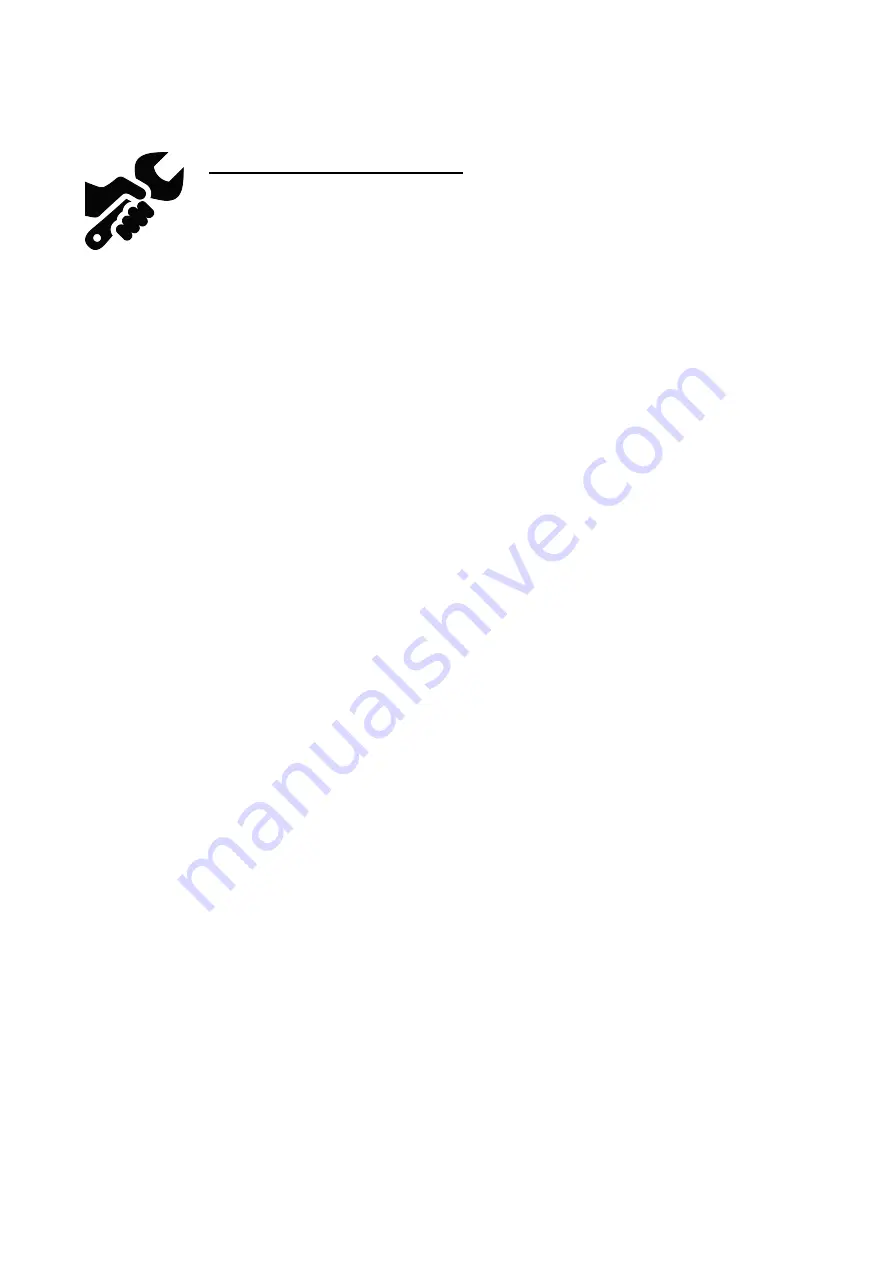
USING AND MAINTANCE
The XTline sheet sander is designated for sanding wood and wood materials, metal, and
damaged surface treatment areas, such as paints and lacquers, fillers etc. while avoiding the
use of water. The sanding is carried out by
microfine vibrations of a rectangular sanding base oscillating at a high frequency. It makes the tool very suitable for
rectangular areas and right angle areas, such as floor corners, as well as for sanding light surface imperfections prior
to further surface treatments. The tool is not designated for drywall and construction material sanding.
The sanding base paper fixing
-
If you wish to use the dust evacuation, which is highly recommended, make sure to use the sandpapers with
holes aligned with the holes on the sanding base since the dust evacuation is processed using these holes.
-
Sandpapers with various grain size can be installed. Choose a larger grain size for sanding a material,
medium grain size for damaged paint areas, and a fine grain size for a final surface treatment prior to any further
additional surface treatments, such as applying lacquers.
-
Use unused and intact sandpapers to achieve effective sanding. Sandpapers used for sanding metal shall not
be used for sanding wood materials.
1)
Unlock the pressure clamp control levers
2)
Place the properly sized sandpaper to the sanding base in such a way that the sandpaper hole positions align
with the sanding base holes.
3)
Put the sandpaper to the sanding base so the hole positions in the sandpaper and the sanding base stay
aligned. Insert one part of the paper under the pressure clamp and lock the control lever to firmly fix the sandpaper.
4)
Insert the other part of the sandpaper under the pressure clamp on the opposite side and straighten the paper
properly prior to locking.
Collection container installation
While operating the tool, there is a risk of inhaling harmful dust which is produced by sanding chemically treated
materials. Therefore, it is highly recommended to use the collection container and a proper face mask with the class
P2 filter and better and secure sufficient ventilation. Some dust, such as specific wood types (oak, beech) is
considered a carcinogen. An asbestos may be processed by specialists only.
4) ON / OFF, Work mode
Caution
-
Keep the tool away from children, unauthorized individuals, other physically or mentally handicapped individuals
or insufficiently trained and experienced individuals. The tool is not a toy! The operation age may be restricted due
to individual legislation systems.
-
Use safety glasses and face or dust mask (class P2 or better). Wear protective hearing equipment, helmet and
boots.
-
Do not overreach. Proper footing and balance at all times allow better control of the tool in unexpected situations.
Make sure to always secure the working material using clamps etc.
1) Check if the power socket voltage ranges between 220V to 240V, 50Hz prior to connecting the tool to a power
supply. The tool may be used under these conditions only.
2) Insert the power cord into a power socket.
3) Start the tool by depressing the trigger (see Parts and Controls)
If you notice a non-standard sound or vibration while operating the tool, immediately turn off, disconnect from the
power source and find and secure the reason for such non-standard conditions. In case of an internal defect, contact
the authorized XTLine service.
4) Grip and hold the tool's front pressure grip and rear grip and move it across the operated material lightly and
uniformly pressing down in circular motions. The sanding is carried out by microfine vibrations of a rectangular
sanding base oscillating at a high frequency. Do not force the tool in order to prevent an engine breakdown. Higher
pressure does not lead to higher sanding effectivity but speeds up wearing of the tool and sandpaper. Follow the
regular working interval breaks.
Summary of Contents for R0-005
Page 6: ...Rozkres ...


































